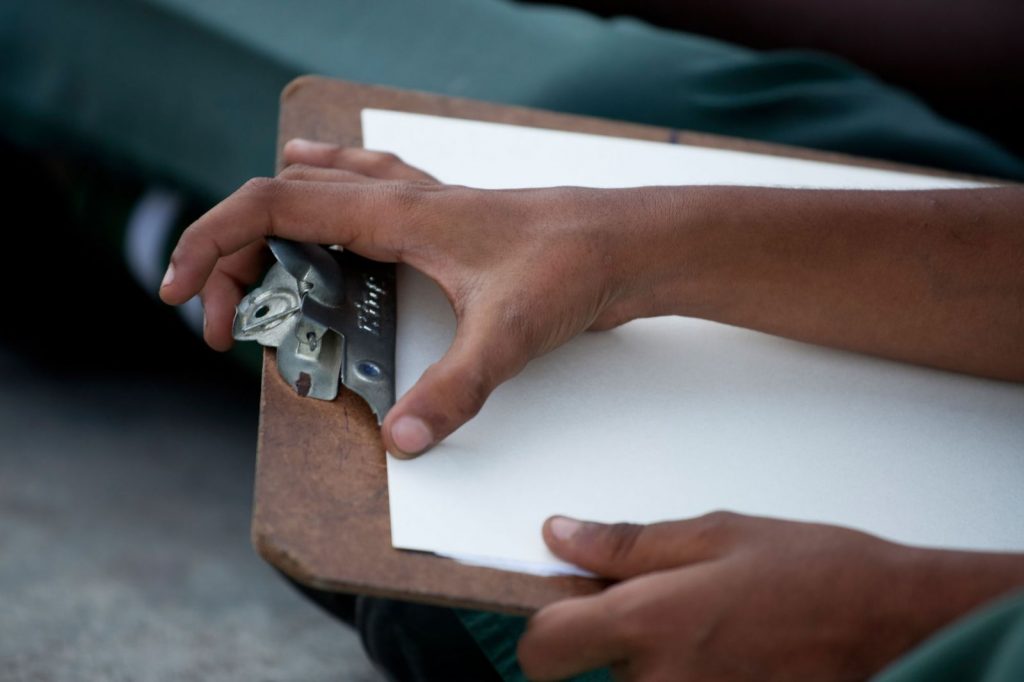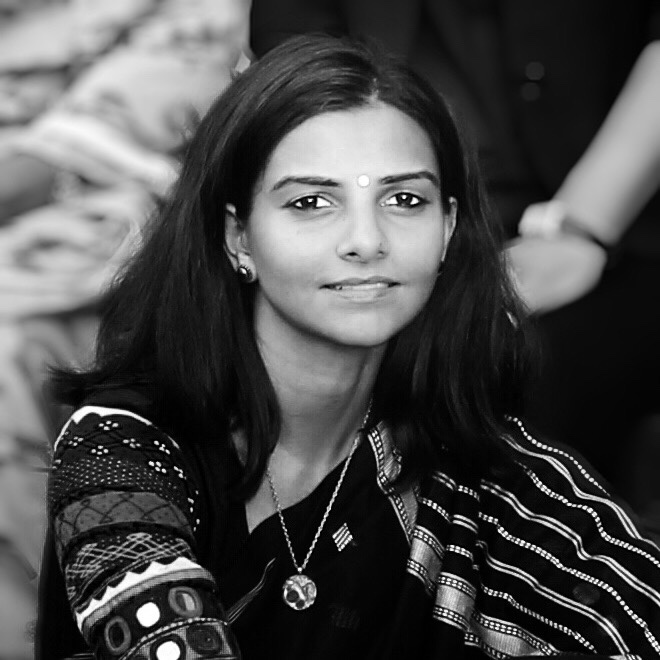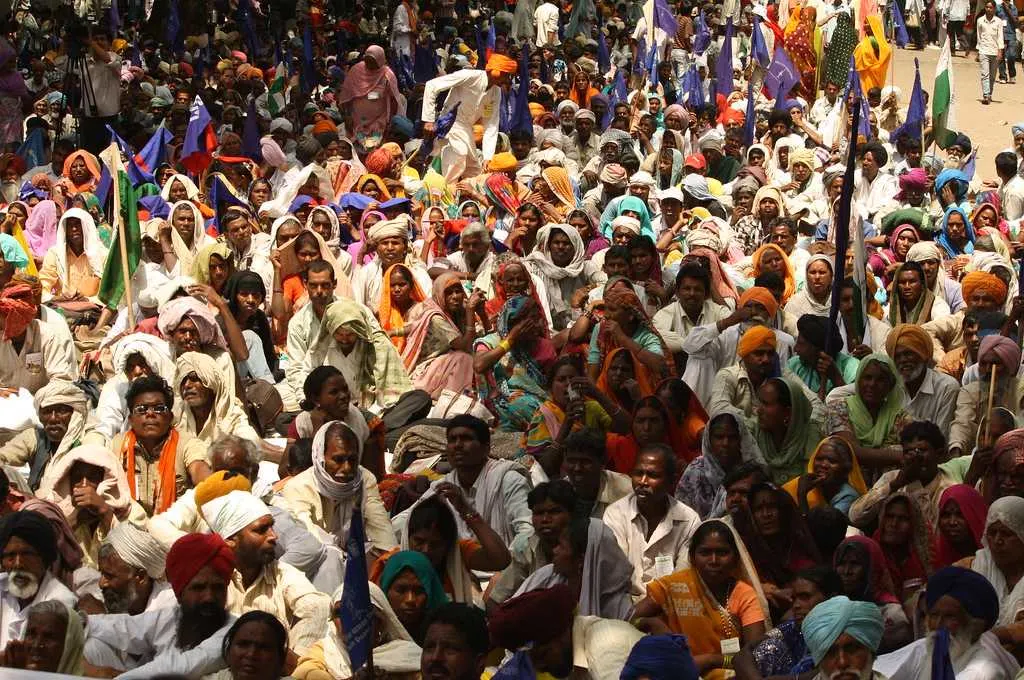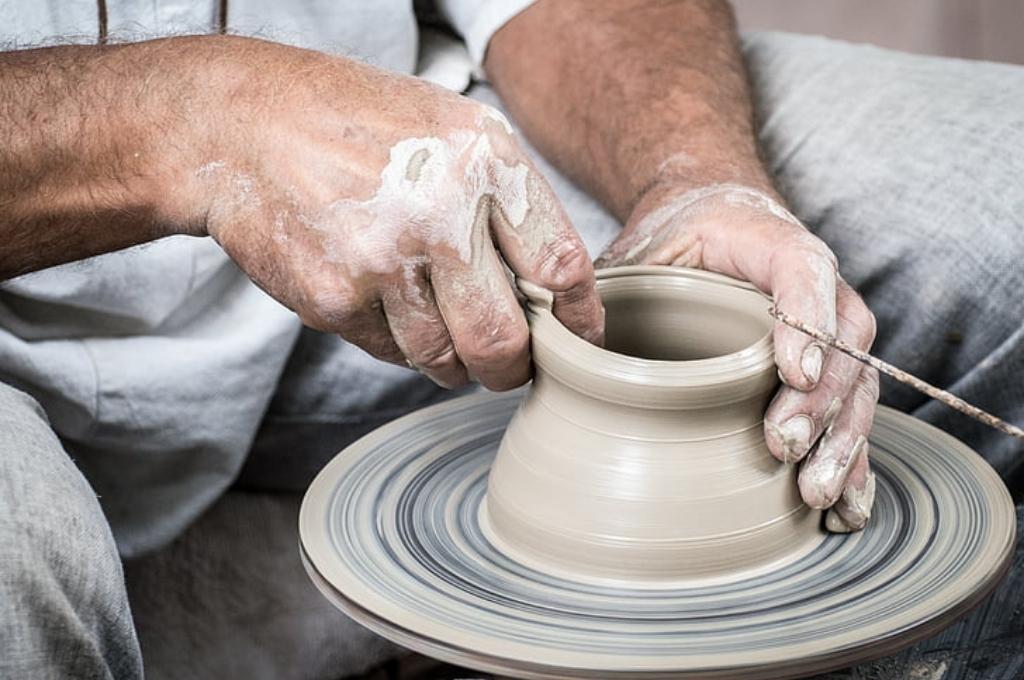Mrs Kumari Shibulal is the Founder & Chairperson of the Shibulal Family Philanthropic Initiatives, through which she and her husband SD Shibulal run programmes in the areas of education, healthcare, organic farming, and social welfare.
In this interview with IDR, she discusses how taking a hands-on approach has enriched her philanthropic efforts and shares lessons from her journey.

Tell us about how you started your philanthropic journey. What got you interested in going down this path?
Both me and Shibu, my husband, come from middle-class backgrounds. While Shibu grew up in a middle-class family, mine belonged to the lower middle-class. Our parents insisted that we should get educated, and we have reached where we are today because of that insistence.
Education has the power to transform lives, and that’s why we chose to start our philanthropic journey with education. We started in 1999 at a very small scale, by sponsoring scholarships for two children from the school where Shibu studied. Then it grew to four, then six, and so on. Today, we sponsor 3,500 children’s graduate education every year through the Vidyadhan programme and run several other education programmes too. When we started this work two decades ago, we never thought that we would scale our efforts up to the extent that we have today.
Related article: Are women less philanthropic than men?
What enabled you to grow your work?
Collaborating with others to expand the pool of givers has contributed significantly to the growth of our programmes.
Collaborating with others to expand the pool of givers has contributed significantly to the growth of our programmes.
Let me tell you how this first happened. As the Vidyadhan programme grew, we reached a stage where we were sponsoring 100 students in each of the states that we were working in. One year, I selected 120 students to be sponsored in Kerala. They were all very deserving and I did not have the heart to turn any of them away. But we also knew that our own resources were limited and that we would not be able to sustain this growing outreach on our own. This is what led us to think about approaching others—individuals and corporates—to sponsor a child. Today the programme is known as Each One Teach One, and the number of external sponsorships has crossed 1,000.
It can cost as little as INR 15,000 per year to sponsor a child’s graduate education. There are many people who can afford this.
In each of the initiatives that we have taken up, we have found that there is an opportunity to collaborate with other nonprofits and with external sponsors. The models differ, but in each one partnering with others has proven to be vital to expanding the reach and impact of the work.
You have taken a very hands-on approach to your philanthropy. How has this informed your choices around allocating resources and making programmatic shifts, if needed?
We provide need-based scholarships to students in ten states, through the Vidyadhan programme. While we follow the same process in each of these states, the context does vary from one state to the other. Taking a hands-on approach to building this programme has allowed us to adapt it, where required. By doing this, we can ensure that we are responsive to the students’ needs. For example, in urban areas, children are more aware about the wide range of opportunities that exist. But in rural areas, there’s very limited exposure. In most cases, teachers are the only source of information, but they too have limited access to information. As a result, most of the children aspire to become doctors, engineers, or IAS officers—they aren’t aware of the other options that are available to them. When we identified this, we decided to start career guidance and motivation sessions for students in the 11th and 12th grades in rural areas.
By taking a hands-on approach and adapting the programme where required, we can ensure that we are responsive to the students’ needs.
Our hands-on approach has also enabled us to identify other areas of need. A few years into running the Vidyadhan programme, we realised that while we were supporting children who had managed to reach the 10th grade to complete higher education, there were many others who did not even reach secondary school, as they were forced to drop out for a variety of reasons. This led us to set up a few homes for such children, where they lived with a house mother and were sent to good, private schools.
Our vision was to integrate these children into the mainstream, and we had taken for granted that these private schools would embrace our children. However, we found to our dismay, that our children were being separated from the children of well-to-do families, and treated poorly. This was unacceptable to us and led us to set up our own school—The Samhita Academy—where we educate and nurture children from underprivileged and well-to-do families, together.
Had we not adopted a flexible approach to our giving, one that was not bound by strict rules but allowed us to respond to evolving needs, we might have never thought to build an institution like Samhita. Today, the children graduating from here are a great source of pride for me.

Education has the power to transform lives. | Photo courtesy: Charlotte Anderson
What have you learnt through this journey that you would like others to know as well?
People often think that philanthropy is only for rich people. But this is really not true. Anybody can do it, as money is not the only thing that one can give; giving time is also philanthropy. I don’t think people need to accumulate large amounts of wealth before they think about sharing some of it with those who are less fortunate.
The children that we support will sometimes say to me, “When I become a doctor or an engineer, and I make a lot of money, I too will support education for other children, just like you have.” My response to them is that they don’t have to wait till they make a lot of money, to think about how they can support others. Simply helping a friend who cannot cope with their studies would be philanthropy on their part.
Shibu and I have been offering scholarships for 20 years now, but I still make it a point to interview every single scholarship applicant in Kerala. I travel across the state; and I also try to go to other states wherever possible. Doing this over the years has given me a deeper understanding of the challenges and contexts these children come from, which in turn has strengthened my ability to serve them better through my philanthropy. For instance, these children don’t have any mentors, or people to look up to within their communities. This is why giving my time is so important; they often seek my advice.
Related article: Funding the atypical
Now that we have a large number of programmes across India, I am not able to be as actively involved in all of them. Plus, some models we follow are high-touch, like Vidhyadhan; others are low-touch, such as our partnership with local hospitals where we offer to partly cover costs of pediatric heart surgery for children from low-income backgrounds. In the case of another programme, Shikshalokam, which works at a systemic level by partnering with the government to strengthen school leadership, I am minimally involved, and only get updates every two weeks.
I’ve also learnt that you need to be patient. You will not see immediate results when you are involved in work of this nature. It takes several years to see the impact of supporting a child’s education.
Plus, by interacting with these children over the years, I have learned that to truly understand where they come from, I need to meet them at their level. And when I do that, I can visualise their homes, their lives. Perhaps it is because I too came from a similar background. When I was born, my parents did not have a house, so when these children talk to me, I can see myself in them. So, to understand somebody we need to go to their level. Only then, we will know what they are going through.
So, what does success look like to you?
Vidyadhan has completed 20 years and today we have 250 doctors, more than 500 engineers, as well as close to 800 students who have graduated from college in other disciplines. More importantly though, many of our Vidyadhan scholars are paying it forward and supporting other children in need. We never expected this and they are not doing it because we asked them to. For us it was important that once they are securely employed, they support their families—their parents and siblings, and their community wherever possible. But many of them have gone beyond that. They are role models in their families and communities. One doctor who did his MA from Calicut University, later got admitted to Oxford University’s neonatal programme; today he supports five children. This fills me with pride.
Ultimately, I do this work for my own satisfaction and because it brings me joy to play a role in improving another human being’s life.
—
Know more
- Read Sattva’s report on Everyday Giving in India.
- Explore IDR’s Philanthropy & CSR section.
Do more
- Give time (and not just money!) to causes that matter to you.
- If you would like to support the higher education of a child, you can do so by registering with Vidyadhan.






